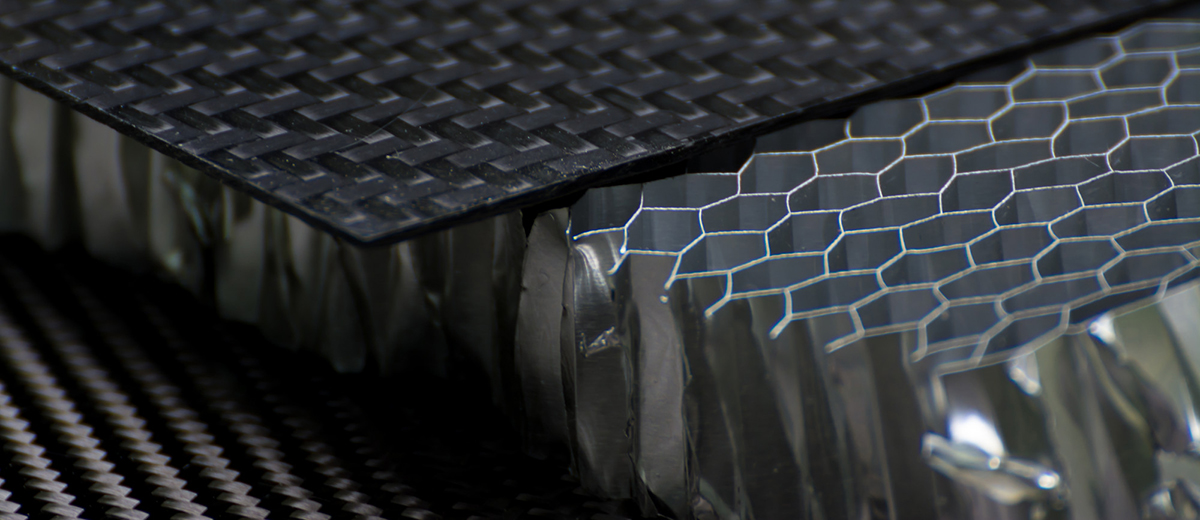Composite materials are rising high in today’s architectural world. What are they? On an advanced level, they’re an engineered chemical mixture. Composites turn an ordinary substance into a stronger and more sustainable compound.
There are plenty of everyday composites you’ve used like wood, car breaks, or concrete. But where are they in architecture? Could you point them out? If you’re hoping to learn more about some examples of composite materials in today’s architecture, this read is for you.
Examples of Composite Materials Today
Near your home, you might find composite materials in things like countertops, shower linings, swimming pools, storage units, or boat hauls.
But they are in buildings too, and they play major roles because of their durability and flexibility. We’ve listed out some of the common ones below and broke down what too look for when searching for composites.
Composites in Bridges
Who wouldn’t want the most durable, sustainable, and weather-ready compound for bridges? Sometimes you’re a few hundred feet in the air!
Our bridges today use composites because of the necessity to be flexible. Things like wind, the shifting of traffic weight, and natural waters often below a bridge require a material that won’t snap under pressure.
Because of composites resistance to water damage and weather wear, they serve as the perfect material. But when you look at a bridge, is every part you see a composite?
No.
For bridges, composites main purposes are for column strengthening. You’ll see this a lot in places where earthquakes are a problem because composite materials are incredibly ductile.
But in places where earthquakes are not the concern, composites still have a place. They’re known for their corrosion preventative properties, which extend the life of beams and columns. This helps keep people safe, and reduces the number of repairs needed!
Composites in Buildings and Civil Engineering
From beautiful restaurants to luxury homes, composites find their way into just about everything. But when we look at a building, what exactly do we not see that engineers and architects do?
Things like plastic wrappings, structurally integrated panels (SIPs), roofing shingles, and the pipes used for water are just the start.
In the architectural world, all these components are factors in a master blueprint. The purpose of each of them may change depending on the building or home. Composites allow these changes to be possible. If a building needs specialty walls to dampen sound or withstand mother nature, composites are often a go-to option to make the necessity a reality.
Some piping systems have glass-reinforced plastic. This allows water to move through high-pressure systems while preventing erosion.
So, architecture isn’t always the giant steel beams you see getting hoisted by a crane. It’s also about the interconnected layers of a building. How it lives and operates within the world around it to do the tasks needed. And composites are the key materials that make it all possible.
Composites in Abstract Structures
As stated, composites are not just metal-like materials.
They can be in wood, glass, or even polyester-based compounds. In the architectural world, we’re seeing some crazy cool designs thanks to composites. And we’re set to see more in the days to come as architecture moves toward a composite future.
An example not often seen on the surface level is the energy capabilities composites offer. Because of the mixing of elements and materials within composites, they’re often used to improve things like thermal energy performance and efficiency.
On top of that, composites are better at sustaining clean energy in healthier ways. Builders often look to composites to gain a structure or buildings LEED certification.
By using composites, modern architectural designs can afford creativity without compromising safety.
Working With Composites
So, if composites are these highly durable, flexible, sustainable compounds, how do people use them? How does a company manipulate composites to their exact sizes and needs?
When a company has a composite material, shaping and forming it can get tricky. Take the aerospace and aircraft industries, for example, exact size wings and frame pieces are a necessity. But shaping those parts is not as easy as shaping a piece of steel pipe.
One of the ways companies work with composites is by using superabrasives.
Superabrasives get put on a special type of grinding wheel used to shape composites. Here you can read more now if you want information on superabrasives and how that process works.
The Down Sides of Composites
So, we’ve talked up composite material’s quite a bit, but there are some negatives to them.
One of the biggest is pricing.
Because composites are a mixture of two or more materials, buyers often face premium rates when working with composites. These rates get based on the exact substances, but also the manual labor required to forge it. Composites have a very complex fabrication process.
There are low price composites, but a majority of them require hours and hours of labor in the mixing and molding processes. This is because the most common form of composites are fiber-reinforced polymers, where a polymer liquid gets added to a bin of other materials (think finite in scale) and put through a molding process.
On top of that, a final downside is maintenance checking. Because composites are so durable and often hide surface-level concerns, their maintenance checks are far more rigorous and time-consuming.
This all being said, we still feel composites are valuable and worthwhile for all the beneficial properties they offer.
More on Examples of Composite Materials in Today’s Architecture
We hope this read on how today’s architecture uses composites has been beneficial. For more examples of composite materials and how they’re used, feel free to check out our blog page where we post tons of content.
As always, if you have any questions, comments, or curiosities, feel free to reach out and contact us. We’d love to hear from you and are here to help your architectural dreams rise higher.






